Grilled vegetables are a delicious, healthy, and versatile addition to any meal, offering natural sweetness, vibrant color, and smoky flavor that can transform your grilling experience. Whether you're a beginner or a seasoned grill master, this guide covers everything you need to know about selecting, preparing, and cooking the best vegetables for the grill.
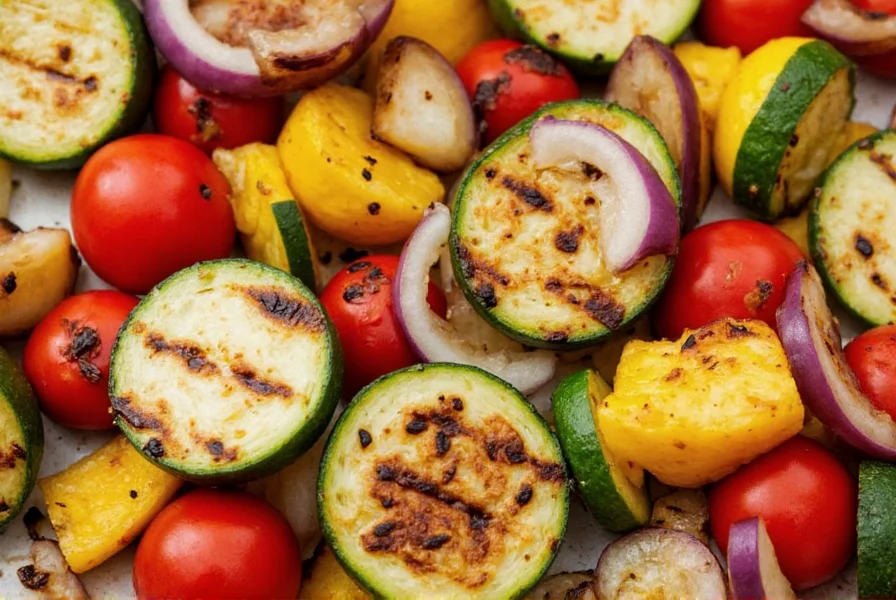
| Veggie | Texture | Best Grilled Method | Flavor Profile |
|---|---|---|---|
| Zucchini | Firm yet tender | Direct grilling, skewers | Mild, slightly nutty |
| Eggplant | Dense and meaty | Slices or cubes | Earthy, rich |
| Portobello Mushrooms | Meaty texture | Whole caps or slices | Umami-packed |
| Asparagus | Crisp-tender | Whole spears on grill basket | Grassy, slightly bitter |
| Red Bell Peppers | Firm flesh | Halves or strips | Sweet, roasted |
| Onions (Vidalia or Red) | Layered, sturdy | Wedges or rings | Sweet, savory |
| Cherry Tomatoes | Tender skin | Skewered | Intense sweetness |
| Carrots | Hard, crunchy | Thin slices or whole baby carrots | Sweet, earthy |
| Corn on the Cob | Juicy kernels | With or without husk | Buttery, naturally sweet |
| Okra | Tender with slight crunch | Whole pods or sliced | Vegetal, mucilaginous texture |
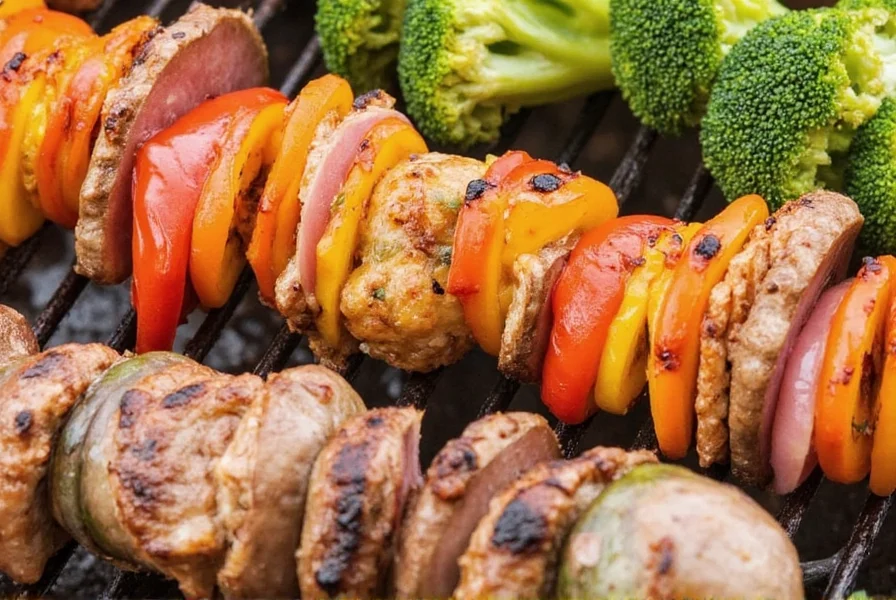
Why Grill Vegetables?
Grilling vegetables brings out natural sugars and deepens flavors in a way that few other cooking methods can. They're a healthy, colorful addition to any plate, offering:
- Natural Sweetness: High heat caramelizes natural sugars for sweet, smoky flavor
- Texture Magic: Charred edges with tender insides
- Low-Calorie Boost: Add volume and nutrition without excess calories
- Versatility: From skewers to foil packs, endless preparation methods
How to Grill Vegetables Like a Pro
Follow these simple steps to become a veggie-grilling expert:
- Clean & Trim: Wash thoroughly and cut into even sizes for uniform cooking
- Oiling is Key: Brush lightly with olive oil or avocado oil to prevent sticking and enhance charring
- Use the Right Heat: Medium-high heat works best; too hot causes burning before cooking through
- Don't Overcrowd the Grill: Leave space between pieces for air circulation and even browning
- Flip Once: Let them get golden char before turning
Spice It Up: Seasoning Tips for Perfectly Grilled Vegetables
Take your grilled vegetables from good to gourmet with these winning spice combinations:
- Mediterranean Style: Olive oil + oregano + garlic powder + lemon zest
- Asian Fusion: Sesame oil + ginger + chili flakes + tamari glaze
- Smoky Southwestern: Smoked paprika + cumin + chili powder + lime juice
- Simple Italian: Extra virgin olive oil + salt + black pepper + fresh basil
- Spiced-Up Lemon: Lemon thyme + olive oil + cracked black pepper + Parmesan dust
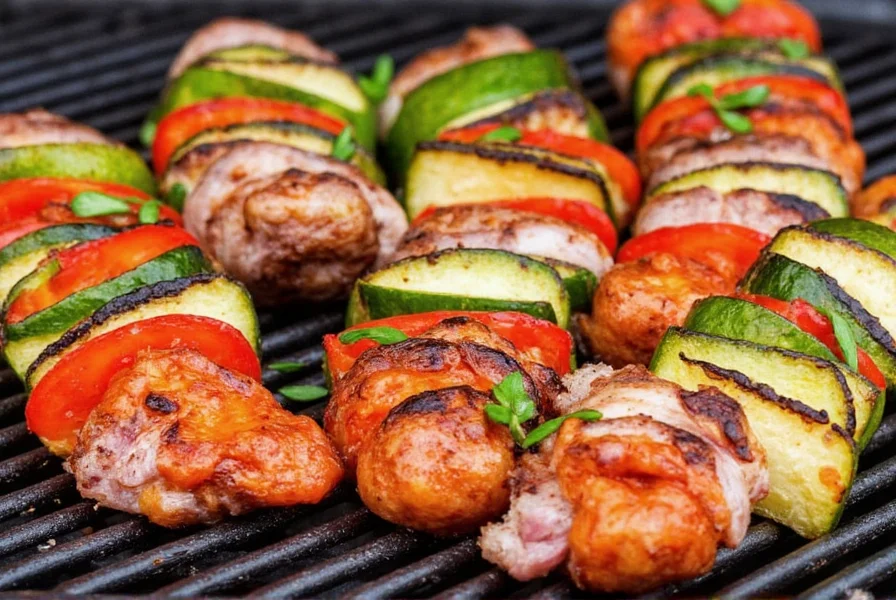
Buying Guide: How to Choose the Best Produce for the Grill
The key to amazing grilled vegetables starts at the market. Here's what to look for when selecting each type:
Zucchini
- Look For: Firm, smooth skin; medium size (avoid oversized ones as they're often watery)
- Avoid: Soft spots or wrinkled skin
Eggplant
- Look For: Glossy skin, heavy for its size, no soft spots
- Avoid: Dull color or shriveled appearance
Portobello Mushrooms
- Look For: Thick stems, dry gills (not slimy), firm caps
- Avoid: Mushy or overly wet mushrooms
Asparagus
- Look For: Bright green stalks, tightly closed tips
- Avoid: Woody ends or limp stalks
Red Bell Peppers
- Look For: Deep red color, firm, shiny skin
- Avoid: Wrinkles or soft spots
Onions
- Look For: Dry outer skins, firm to touch
- Avoid: Sprouting or mushy onions
Cherry Tomatoes
- Look For: Plump, glossy, uniform in size
- Avoid: Cracked or soft tomatoes
Carrots
- Look For: Bright orange, smooth skin, firm texture
- Avoid: Blemishes or split tops
Corn on the Cob
- Look For: Green husks, plump kernels visible through silks
- Avoid: Dry silks or loose husks
Okra
- Look For: Small to medium-sized pods, bright green color
- Avoid: Hard, woody pods or brown spots
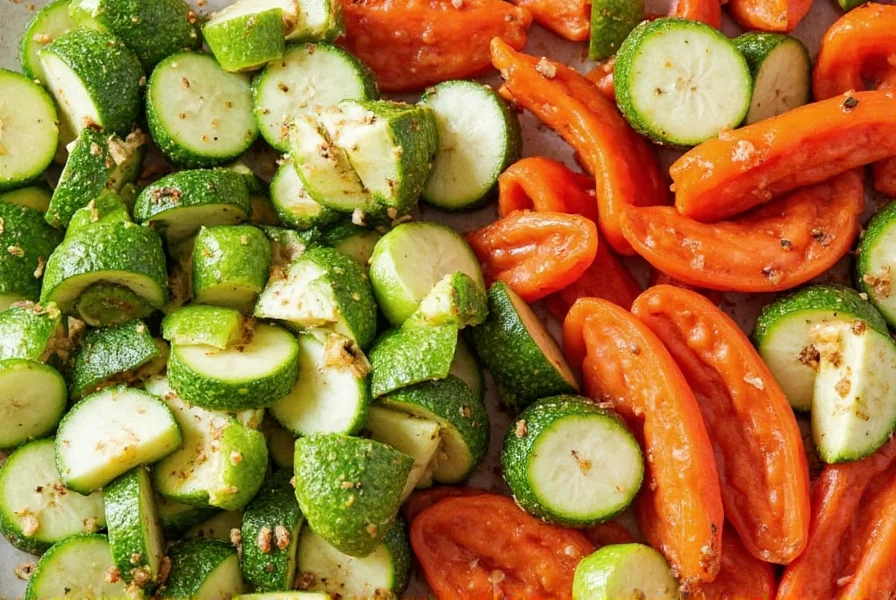
Grilled Vegetable Recipes to Try
Mediterranean Veggie Skewers
- Ingredients: Zucchini, eggplant, bell peppers, red onion, cherry tomatoes
- Seasoning: Garlic-infused olive oil, oregano, lemon zest
- Method: Thread onto skewers and grill until charred and tender
Smoky Corn with Chili-Lime Butter
- Ingredients: Corn on the cob
- Seasoning: Melted butter, chili powder, smoked paprika, lime juice
- Method: Grill with husk on, then brush with seasoning mixture after removing husks
Grilled Portobello Mushroom Burgers
- Ingredients: Large portobello mushrooms, burger buns, lettuce, tomato
- Seasoning: Balsamic vinegar, soy sauce, garlic
- Method: Marinate mushrooms, then grill cap-side down for 5-6 minutes each side
Asparagus & Lemon Foil Packets
- Ingredients: Asparagus, lemon slices, olive oil
- Seasoning: Salt, pepper, lemon thyme
- Method: Wrap in foil and grill for 10-12 minutes
Frequently Asked Questions About Grilling Vegetables
What are the best vegetables for beginners to grill?
Zucchini, bell peppers, and corn on the cob are excellent starting points. They're sturdy, cook relatively quickly, and are hard to mess up. Zucchini and bell peppers develop beautiful char marks while maintaining their structure, and corn becomes naturally sweet and juicy when grilled.
How do I prevent small vegetables from falling through the grill grates?
Use a grill basket, thread smaller veggies like cherry tomatoes onto skewers (soak wooden skewers first!), or use a special vegetable grilling tray with smaller openings. You can also cut larger vegetables into bigger chunks that won't slip through the grates.
Should I marinate vegetables before grilling?
While not necessary, marinating enhances flavor. A simple mixture of olive oil, salt, pepper, and herbs works well. Marinate for 15-30 minutes - longer can make vegetables too soft. Denser vegetables like eggplant and mushrooms benefit most from marinating.
How long should different vegetables stay on the grill?
Cooking times vary: asparagus and zucchini need about 3-5 minutes per side; bell peppers and onions take 4-6 minutes per side; eggplant and portobello mushrooms require 5-7 minutes per side; corn on the cob (with husk) needs 15-20 minutes total. Always watch for visual cues like grill marks and tender texture rather than strictly timing.
Can I grill vegetables without oil?
You can, but it's not recommended. Oil prevents sticking, promotes even browning, and helps seasonings adhere. If avoiding oil, use a light spray or grill basket, but expect some sticking and less pronounced char marks.
What's the best way to check if grilled vegetables are done?
Look for golden-brown char marks and test texture with tongs or fork. Vegetables should be tender but still have some bite - they'll continue cooking slightly off the heat. They should give slightly when pressed but not be mushy. Overcooked vegetables lose vibrant color and texture.
Can I grill frozen vegetables?
It's not recommended to grill frozen vegetables directly. They contain too much moisture, which causes steaming rather than grilling, and they're likely to fall apart. Always thaw and thoroughly dry vegetables before grilling for best results.
Final Thoughts
Grilled vegetables are a delicious, healthy, and versatile addition to any meal. With the right choices, preparation, and seasoning, your grilled vegetables will be the star of the show - not just the supporting act. Whether you're vegetarian, flexitarian, or just trying to sneak more greens onto your plate, these tips will help you elevate your grilling game. Happy grilling!

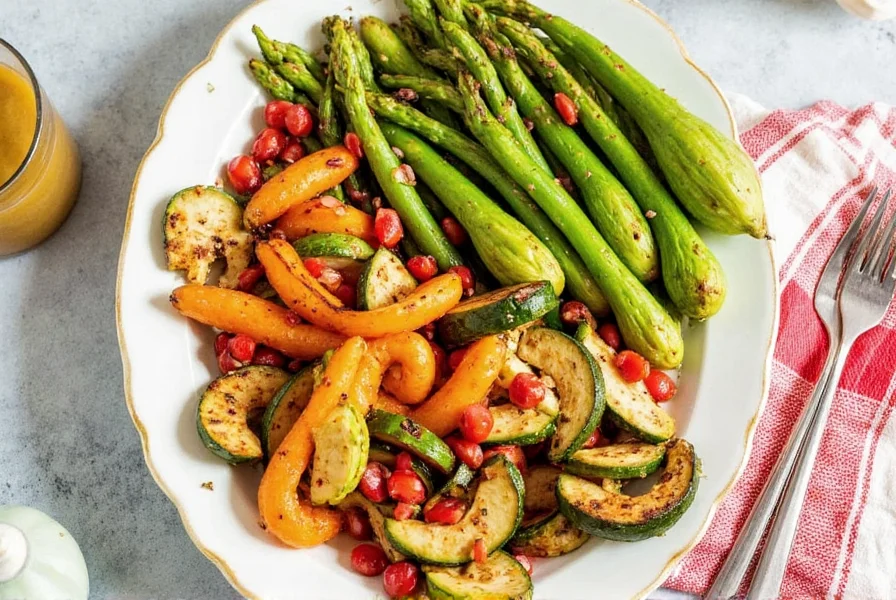









 浙公网安备
33010002000092号
浙公网安备
33010002000092号 浙B2-20120091-4
浙B2-20120091-4